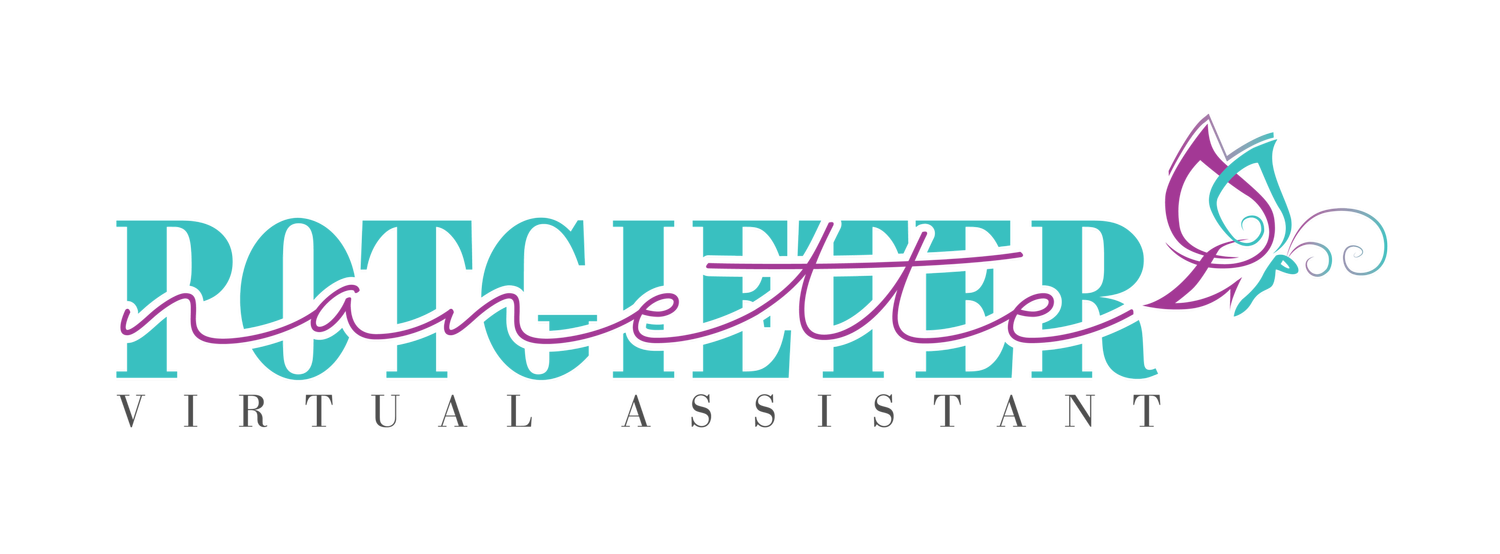How Slack Can Improve Your Inter-Company Communication?
Effective communication is the backbone of any thriving organization, and in the modern workplace, tools that enhance this communication are invaluable. Slack, a popular messaging app designed for teams, has revolutionized intercompany communication by offering seamless and efficient channels for interaction. By leveraging Slack, companies can significantly improve their communication patterns, thereby boosting productivity, fostering collaboration, and enhancing overall operational efficiency.
One of the primary ways Slack improves intercompany communication is through its intuitive and organized channel system. Channels in Slack can be created for different teams, projects, or topics, allowing for focused and relevant discussions. This structure helps in avoiding the clutter often associated with traditional email threads. For example, a marketing team can have a dedicated channel to discuss campaign strategies, while the product development team can have another for brainstorming new features. This segregation ensures that team members only receive relevant information, reducing noise and enabling them to focus on their tasks.
Additionally, Slack's real-time messaging capabilities facilitate immediate responses and quick decision-making. Unlike emails, which might sit unread for hours or even days, Slack messages are typically addressed promptly. This immediacy is particularly beneficial for urgent matters or when quick feedback is required. The ability to see who is online, and even their status, further enhances this real-time communication, making it easier to know when colleagues are available for a chat or a quick call.
Beyond just messaging, Slack integrates with a multitude of other tools and services that businesses commonly use. Whether it’s project management tools like Trello and Asana, file storage services like Google Drive and Dropbox, or even CRM systems like Salesforce, Slack can bring all these tools into a single interface. This integration means that employees can receive updates, share files, and manage tasks without having to leave the Slack environment, streamlining workflows and saving valuable time.
Slack also promotes a sense of community and culture within a company. Through channels dedicated to non-work-related topics, such as hobbies, fitness, or social events, employees can connect on a personal level. These interactions can foster a more inclusive and cohesive work environment, which is particularly important in remote or hybrid work settings. Virtual watercooler conversations can help team members bond and build relationships that might otherwise be challenging to establish in a physically dispersed team.
Moreover, Slack's search functionality is a powerful feature that enhances knowledge sharing and retrieval. Employees can search for specific messages, files, or conversations with ease, making it simpler to find historical data or revisit past discussions. This feature can significantly reduce the time spent looking for information and ensure that valuable insights are not lost in the communication ether.
Security and privacy are also paramount in Slack’s design. With features like single sign-on, data encryption, and compliance with various industry standards, companies can be assured that their communication is secure. This is especially crucial for industries dealing with sensitive information, such as finance or healthcare.
In conclusion, Slack offers a robust platform that can dramatically improve intercompany communication. Its organized channels, real-time messaging, and integration capabilities streamline workflows and enhance productivity. The added benefits of fostering community and ensuring security further solidify Slack as an essential tool for modern businesses. By adopting Slack, companies can create a more efficient, connected, and engaged workforce, ultimately driving better business outcomes.

